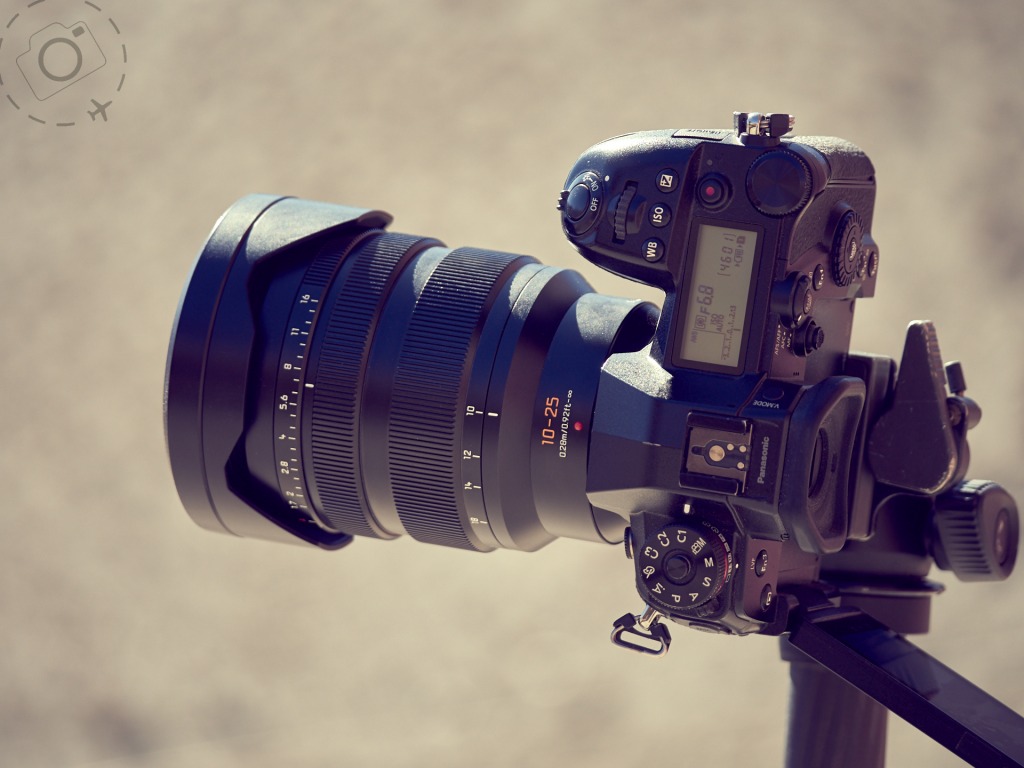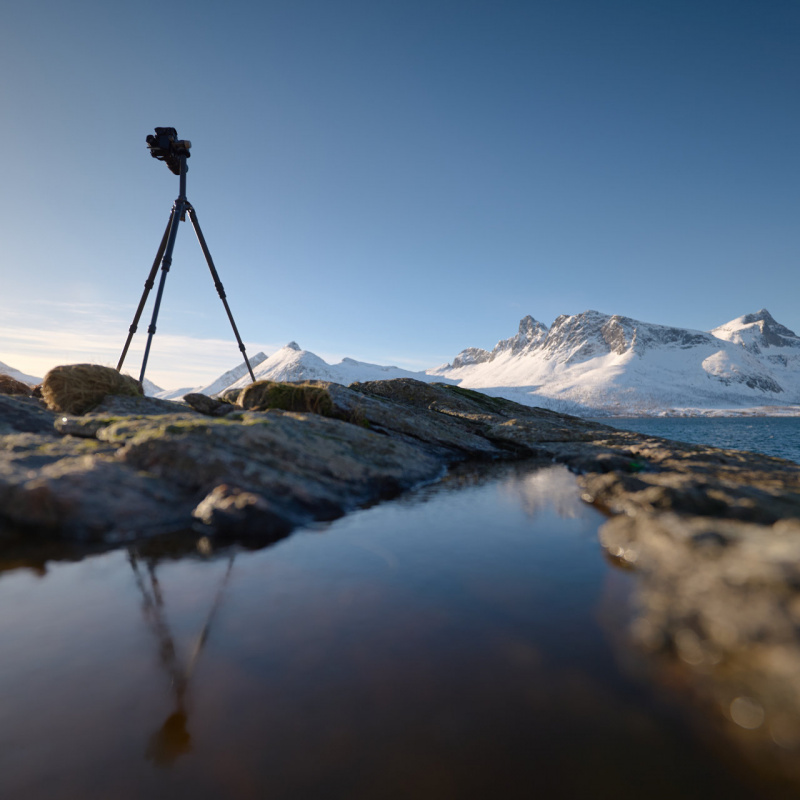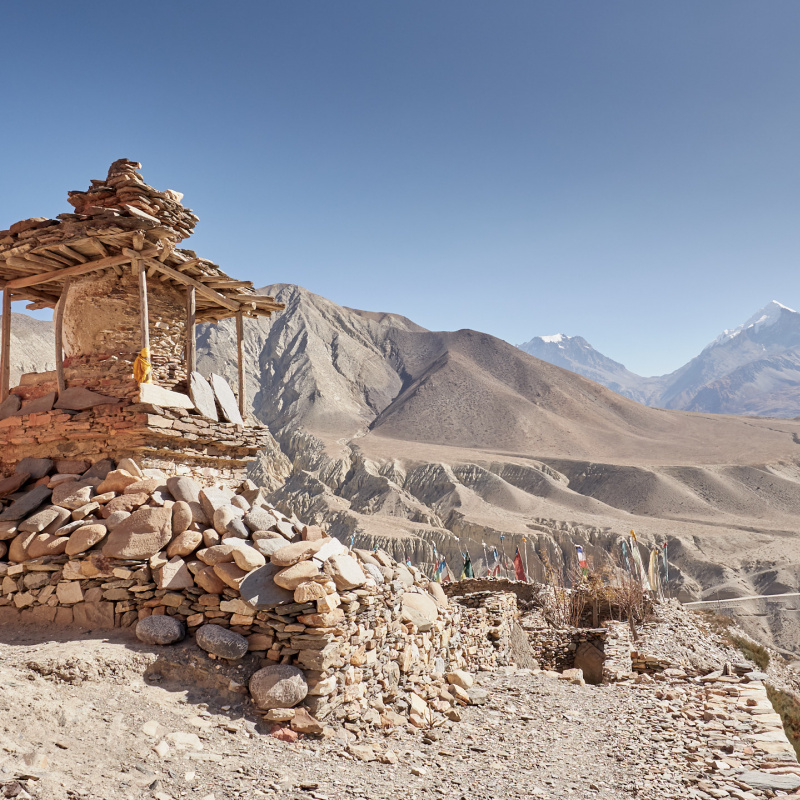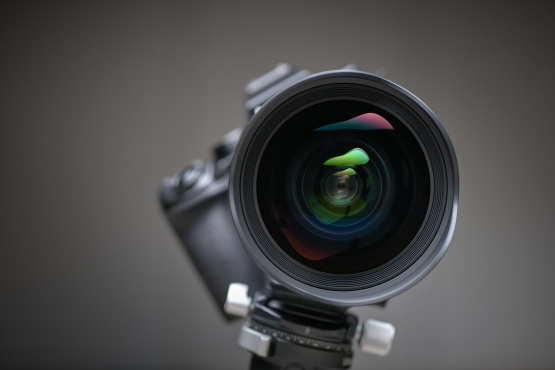This is the best lens I've ever taken to Nepal. I'll be seriously heart-broken to send this one back to Panasonic but am very grateful to have had the pleasure to roam across Nepal with it. I need to make some tough decisions on whether this becomes my default lens from now on, or whether to stick with a pair of compact primes. If I was starting with a clean slate the 10-25mm f/1.7 would be an easy choice.
Panasonic have engineered a whole new format of wide angle zoom here.
The "DG Vario-Summilux 10-25mm f/1.7 ASPH" is not a small lens at all, but a full frame equivalent would be immensely bigger of course. They've made the best best out of the MFT format with this lens. On this trip I not only shot stills but also video. I normally avoid this idea because it's better to do one properly, but the 10-25mm f/1.7 proved to be the ideal lens for the combination of tasks.
Here's a few reasons why...
10mm sweet spot
I love shooting with a 24mm perspective but every now and then going wider is that little bit nicer. I spent a lot of time at 10mm (20mm full frame equivalent) on this trip and just loved it. A few years ago I did a trip in Bhutan with the Sigma 20mm f/1.4 prime lens (full frame) for a review and after two weeks travelling across familiar territory I realised the value of that little bit extra wide angle combined with the big aperture of a prime. 20mm is the new 24mm.
Stunning Portraits
I can always tell when I'm doing my best work when at the end of the day I have a collection of lovely portraits. This lens gives me exactly what I need for that, a fast 50mm lens to isolate my subject for more intimate scenes, but also the ability to go much wider and draw in context. That flexibility between tight intimacy versus generous street scenes is totally my jam, and I have written about this countless times for magazines in the UK and AU.

Slip ring to manual focus
When shooting video I often want to tweak my focus and I prefer to do that direct on the lens than through the electronic servo. The slip ring is great for that and also makes it easier to see where you need to pull focus when moving through a range.
Macro
This really surprised me. I was looking to capture the red hues of some Alpine plants one afternoon and so slipped the manual focus ring and dialed in the closest focus range. I figured 25mm is likely to get me closer than 10mm. I was stunned at just how close it focused and quickly realized I was holding a beautiful lens for near-macro photography. Filling the frame with a single flower was possible, and this at f/1.7 for super lovely bokeh.

Full frame feel
The Lumix G9 is designed to be practical rather than tiny, and this lens matches that ethos wonderfully. Indeed the combination no longer feels like a MFT camera at all, instead could easily be mistaken for a full frame setup. It feels every inch a fully grown professional camera with that lens in hand.
Dust
My standard kit is 25mm and 12mm prime. They're f/1.4 and I love to work with shallow depth of field. This lens is almost as good as those primes but I never have to take it off the camera body. In Nepal dust is a killer, so not having to change lens is a very welcome convenience. The level of weather sealing on the G9 and the lens meant I had confidence to expose it dust on trails and spray from waterfalls without being anxious.

Video
Until you've tried to respond to changing scenes and sudden moments capturing video you may not appreciate how wonderful this lens is. Flipping from 20mm wide angle landscapes to 50mm portraits in the blink of an eye is truly powerful. The number of times I was able to capture a scene that I might have missed had I been limited to prime is incredible. All the while ready to roll with "shake dough of forks" shallow depth of field and that kick arse autofocus that the G9 is famous for.
Powerful vs Flexible
I'm not a fan of the word "flexible" when shopping for a lens. Flexible is code for lots of convenience at the expense of quality. Giving priority to convenience over quality is great way to hold back your photography and creativity and ensure you never reach your potential. So I have a lot more interest in a lens that is powerful than flexible. The new 10-25mm f/1.7 happens to be both, so I'll focus on the powerful but just quietly admit that yes indeed it is very flexible.
Landscape Lover
The Lumix G9 contains several special features under the hood and the 80.5MP pixel shift mode is one of my favourites. Combining the pixel shift feature with this sweet and flexible lens is a magic combination, giving you precision focal lengths for composition and stunning quality of detail. I've travelled in Nepal a lot with my 15mm (full frame equivalent) but this trip I wasn't tempted to change lenses even once because I love what I'm seeing at 20mm.

Take a closer look at a few videos shot with this gorgeous lens on my website for the Nepal Photo Tour (https://ewenbell.com/itinerary-nepal.php) or just have a sneak peek at the video section below for a short clip that takes advantage of both the 180fps slow motion of the Lumix G9 and the powerful abilities of the 10-25mm f/1.7.
To my way of thinking lenses are far more important than the camera behind them. It matters little how good a sensor or camera body may be if the lens in front of it fails to deliver quality light. This new lens just doubled the power of the Lumix G9, and that is no small achievement.

Keep Reading
Join Ewen's newsletter for monthly updates on new photography articles and tour offers...Subscribe Here










